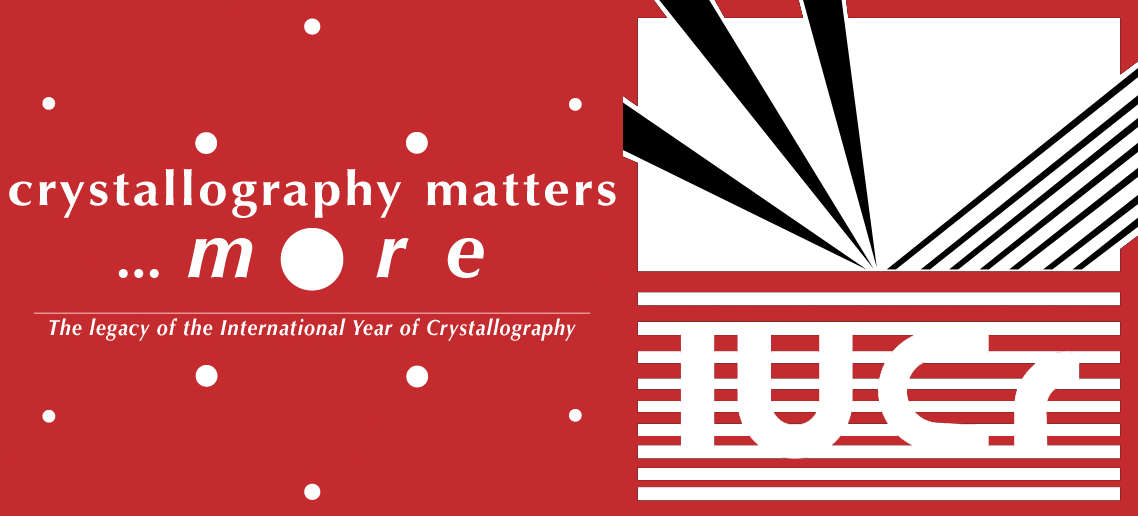issue contents
April 2024 issue

Cover illustration: In poly[3-methylpyridinium [(μ2-dihydrogen phosphito)bis(μ3-hydrogen phosphito)dizinc]], the constituent ZnO4, HPO3 and H2PO3 polyhedra of the inorganic component are linked into (010) sheets by Zn—O—P bonds (mean angle = 134.4°) and the layers are reinforced by O—H⋯O hydrogen bonds. The protonated templates are anchored to the inorganic sheets via bifurcated N—H⋯(O,O) hydrogen bonds. See: Love-Jennings, McKay, Cordes & Harrison [IUCrData (2023). 8, x240234]
metal-organic compounds


 access
access

 access
access

 access
access

 access
accessorganic compounds


 access
access

 access
access

 access
access

 access
access

 access
access

 access
access

 access
access
 journal menu
journal menu






















![[publCIF]](/logos/authorchecklist11.gif)





